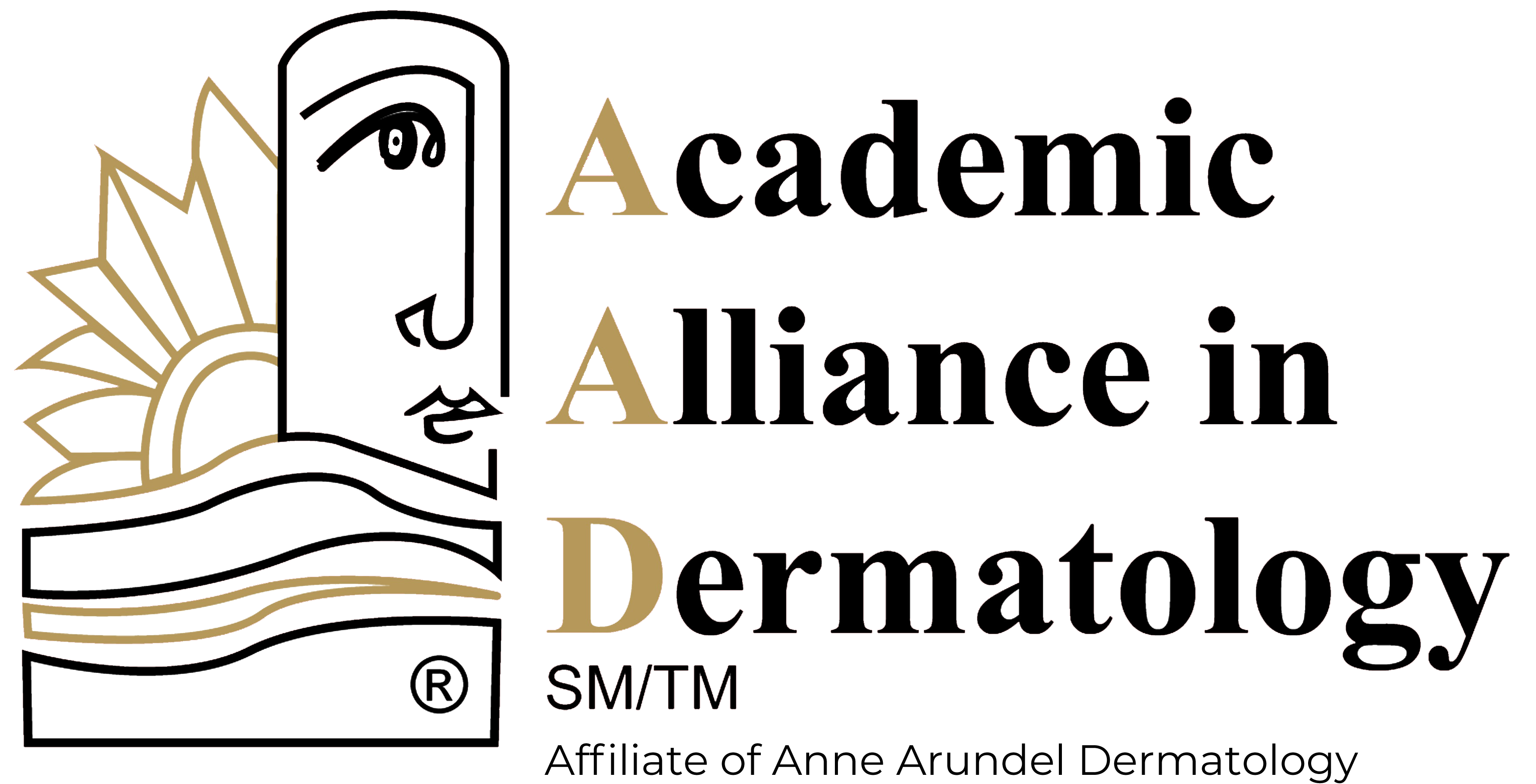Narrow-band UVB Phototherapy
Academic Alliance in Dermatology is dedicated to providing the highest quality care through innovative treatments such as narrow-band UVB phototherapy. This type of light therapy uses a specific wavelength of ultraviolet light to treat a wide range of skin conditions. It is often used in conjunction with other treatments to provide patients with a complete skin care plan.
Conditions that Benefit from Narrow-band UVB
Narrow-band UVB phototherapy can be used to treat a wide range of skin conditions, particularly those caused by overactive skin cells, such as psoriasis. Other skin conditions that may be treated with this therapy include:
- Atopic eczema
- Vitiligo
- Mycosis fungoides
- Polymorphous light eruption
- Early cutaneous T-cell lymphoma
How Does Narrow-band UVB Work?
During a narrow-band UVB phototherapy treatment, the affected area of the skin is exposed to a controlled amount of UVB light. This light penetrates the skin and helps to slow the growth of overactive skin cells, reducing inflammation and promoting the natural healing process. UVB light is found in natural sunlight, but narrow-band UVB phototherapy is much more precise and can target specific areas of the skin.
Treatments start with low doses of UVB light, gradually increasing the dosage as needed. Sessions typically last from a few seconds to several minutes, and a series of treatments may be required for the best results. Generally, patients will need to come in for treatment two or three times a week for 6-8 weeks. Some patients will need full-body treatments. If this is the case, the patient will be placed in a special cabinet designed to allow the UVB light to reach every part of their body.
Potential Side Effects
Potential side effects of narrow-band UVB phototherapy may include redness, itching, and mild burning sensations on the treated areas of the skin. In rare cases, the therapy may also cause blistering or changes in skin color. However, narrow-band UVB phototherapy is generally a safe and effective treatment option for those with skin conditions that do not respond to other forms of treatment. Your provider will be able to assess your condition and determine if you are a good candidate for this type of treatment.
Explore Treatment with Narrow-band UVB
At Academic Alliance in Dermatology, our team of experienced dermatologists can help determine if narrow-band UVB phototherapy is the right treatment option for your specific skin condition. We are dedicated to providing the best care for our patients, and we are proud to offer narrow-band UVB phototherapy as one of our services.
If you are living with a skin condition and are interested in learning more about narrow-band UVB phototherapy, schedule a consultation with one of our expert medical providers.
